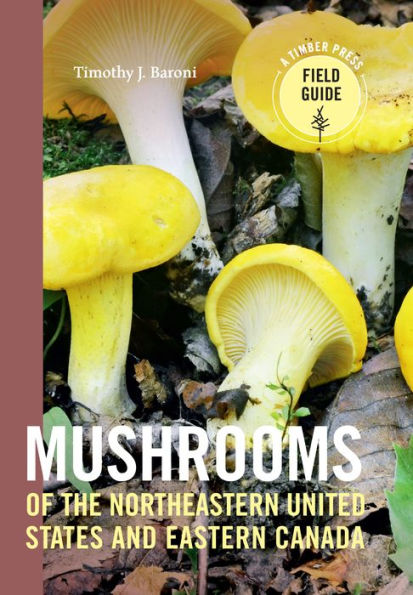5
1

Mushrooms of the Northeastern United States and Eastern Canada
600
Mushrooms of the Northeastern United States and Eastern Canada
600
29.99
In Stock

Product Details
| ISBN-13: | 9781604696349 |
|---|---|
| Publisher: | Timber Press, Incorporated |
| Publication date: | 07/12/2017 |
| Series: | A Timber Press Field Guide |
| Pages: | 600 |
| Sales rank: | 628,774 |
| Product dimensions: | 5.80(w) x 8.30(h) x 1.20(d) |
About the Author
From the B&N Reads Blog














